Ekmeles - We Live the Opposite Daring (2024) [Hi-Res]
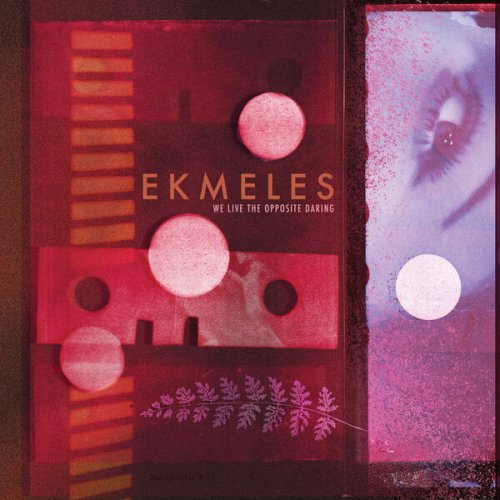
Artist: Ekmeles
Title: We Live the Opposite Daring
Year Of Release: 2024
Label: New Focus Recordings
Genre: Classical Vocal
Quality: flac lossless (tracks) / flac 24bits - 96.0kHz +Booklet
Total Time: 01:07:57
Total Size: 321 mb / 1.12 gb
WebSite: Album Preview
TracklistTitle: We Live the Opposite Daring
Year Of Release: 2024
Label: New Focus Recordings
Genre: Classical Vocal
Quality: flac lossless (tracks) / flac 24bits - 96.0kHz +Booklet
Total Time: 01:07:57
Total Size: 321 mb / 1.12 gb
WebSite: Album Preview
01. Primo Libro
02. We live the opposite daring: I. I long and seek after
03. We live the opposite daring: II. Nor desire, but all at once
04. We live the opposite daring: III. We live, the opposite, daring
05. We live the opposite daring: IV. Someone will remember us, I say
06. this is but an oration of loss
07. love is
08. Waves: I
09. Waves: II
10. Waves: III
11. Mouthpiece 36: Part 1
12. Mouthpiece 36: Part 2
13. Mouthpiece 36: Part 3
14. Mouthpiece 36: Part 4
Following up on a debut release with New Focus that was hailed as "spectacular" by The Whole Note and "remarkable" by textura, Ekmeles vocal ensemble, led by director Jeffrey Gavett, brings their crystalline performance style to new works by Zosha Di Castri, James Weeks, Hannah Kendall, Shawn Jaeger, and Erin Gee on We Live the Opposite Daring.
Contemporary music for a capella voices has a vast body of repertoire from which to take inspiration, both in the Western classical tradition and from the music of all cultures. The music on Ekmeles’ newest release, We Live the Opposite Daring, does so in fascinating and intentional ways, referencing the past through tuning systems, texts, extended vocal techniques, and poignant histories.
James Weeks’ Primo Libro expresses this backward looking stance most directly. A set of 16 short madrigals meant to be sung continuously, Weeks wrote the piece in 31-division equal temperament, which is closely related to quarter-comma meantone, a temperament commonly used in the Renaissance and early Baroque. The 16 madrigals, scored for one, two, three, and four voices, preserve characteristic voice leading one might hear in a Renaissance setting, unfolding within the closely spaced intervals of 31-tet. Another feature of this temperament is the availability of nearly pure major and minor thirds, something Weeks makes great use of throughout in rich sequences of triads, glistening with pure intonation while slithering through the microtonal crevices of the 31 pitch system.
Zosha Di Castri’s title track takes inspiration from Sappho’s ancient Greek poetry, while also evoking folk traditions. The opening movement is framed around a steady groove in triple meter articulated by the singers slapping a steady rhythm on their thighs, over which Di Castri builds chords that accumulate in each voice, and occasionally smear in descending glissandi. The glissandi motif continues into the second movement, a pastiche of varied vocal sounds and utterances. The body percussion returns for movement three, a vigorous march with dramatic ascending melodic figures and towering chords, highlighted by mnemonic syllable recitation evocative of Indian music. The final movement takes the form of an ethereal chorale, decorated with an undulating figure that is used both in foreground and background contexts.
Hannah Kendall’s this is but an oration of loss is a reimagination of material from a poem, “Zong!”, by M. NourbeSe Philip about the drowning of 130 enslaved Africans who were thrown off a British slave ship in 1783. Opening with an ominous passage for multiple harmonicas, Kendall introduces the voices from within the haze of harmonies. Whispered and spoken fragments drive the narrative forward, painted by the fluid sung landscape that surrounds them. Kendall’s multi-dimensional texture is evocative, painting various sides of a tragic historical episode and its literary retelling.
The text for Shawn Jaeger’s love is is derived from a text by feminist scholar bell hooks. The piece opens with a figure that alternates between widely and closely spaced intervals in the ensemble. Quixotic spoken and parlando lines are delivered over disembodied, static harmonies. A climactic closing section accumulates energy through developing the alternating intervallic idea, eventually featuring dramatically overlapping melismatic lines.
Jeffrey Gavett originally wrote Waves for a performance on a unique instrument in the collection of the Metropolitan Museum of Art, Oliver Beer’s Vessel Orchestra. The instrument was made of hollow objects that would be activated by feedback through microphones, resulting in a chromatic scale. Gavett used the opportunity to explore and exploit phenomena of beatings and subtle tuning. Vessel Orchestra as an object no longer exists, but Gavett adapted the piece for further performance using pre-existing samples of Ekmeles. Throughout the three wordless movements, one hears malleable lines and spaces opening up between unisons and just intervals, revealing a wondrous panoply of colors that lie beyond.
Erin Gee’s Mouthpiece series has established an inventive hybrid ensemble vocabulary for a wide variety of instrumentations, influenced by the jump-cut timbral quality of electronic music. Gee’s process involved recording 150 improvised vocal sounds, cataloging them, and drawing upon them as the source material for the piece. In Mouthpiece 36 we hear characteristically mechanistic figures involving interlocking figures and varied timbres throughout the ensemble. Part 2 explores nasal, fricative, sibilant, whistling, and breath sounds for a sensual tapestry. Part 3 is fifteen seconds long, a post-Webernian exercise in brevity that disappears with a vocal pop. An enveloping choral texture in Part 4 is decorated by a layer of timbral tapestry, as the resonant chords shimmer, rattle, and vibrate with extended vocal sounds. The piece cleverly closes with the same humorous pop that ended Part 3.
Ekmeles’ performance throughout these demanding works is nothing short of sublime. From the demands of Weeks’ microtonal pitch language to Gee’s multi-timbral hybrid textures and everything in between, Ekmeles proves once again why they are one of the pre-eminent contemporary vocal chamber groups in the world. The inventive repertoire they have commissioned pushes boundaries across multiple musical parameters, but remains grounded in the firmament of musical lineage.
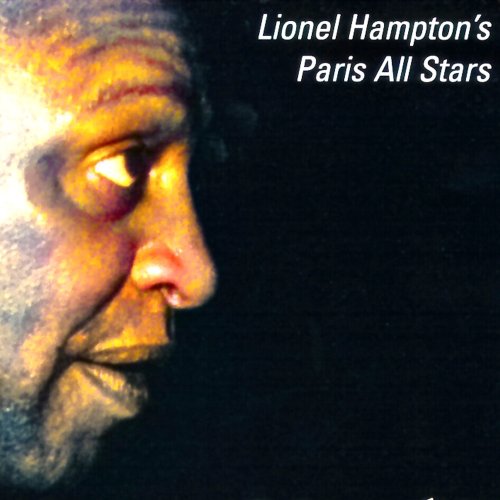
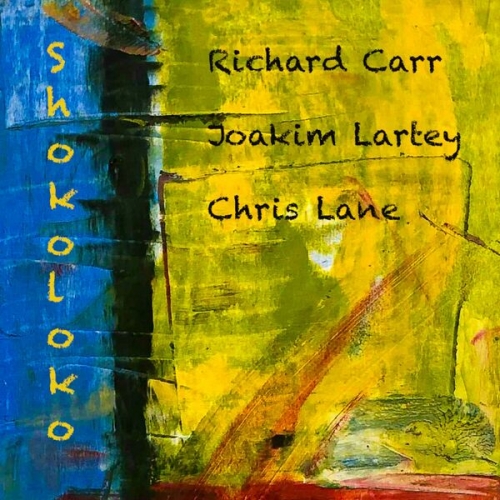
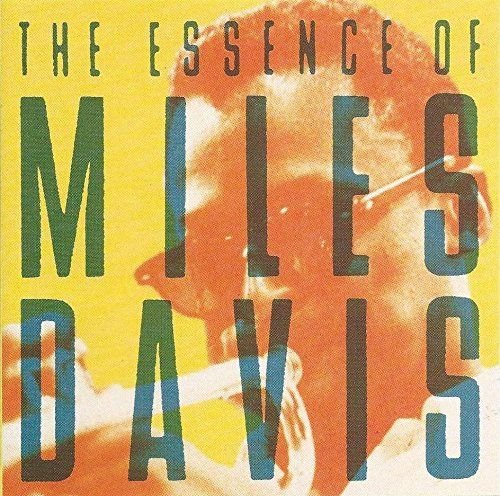
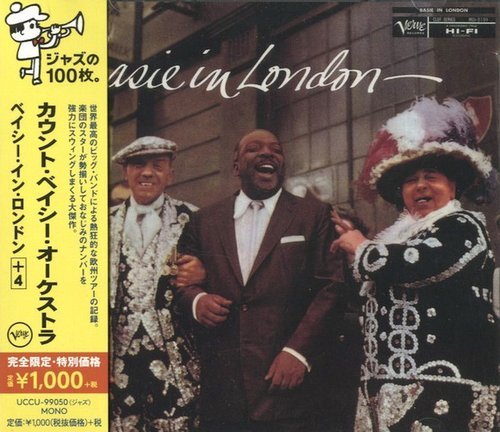
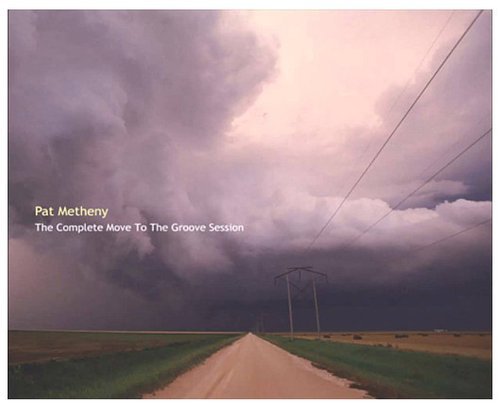

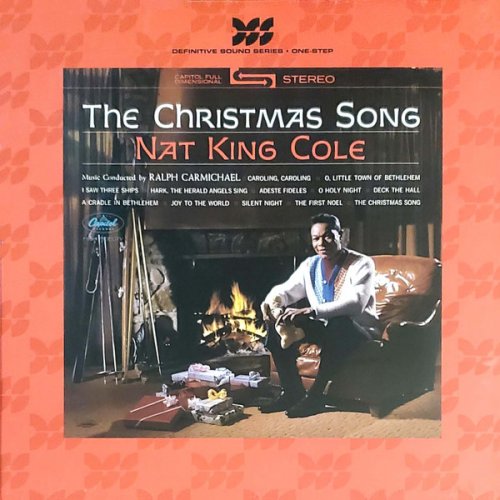
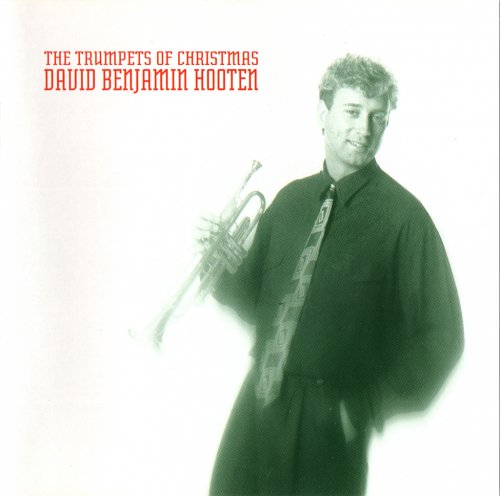
![Iman Spaargaren & Peter Bjørnild - In Essence (2025) [DSD256] Iman Spaargaren & Peter Bjørnild - In Essence (2025) [DSD256]](https://www.dibpic.com/uploads/posts/2025-12/1766381912_cover.jpg)